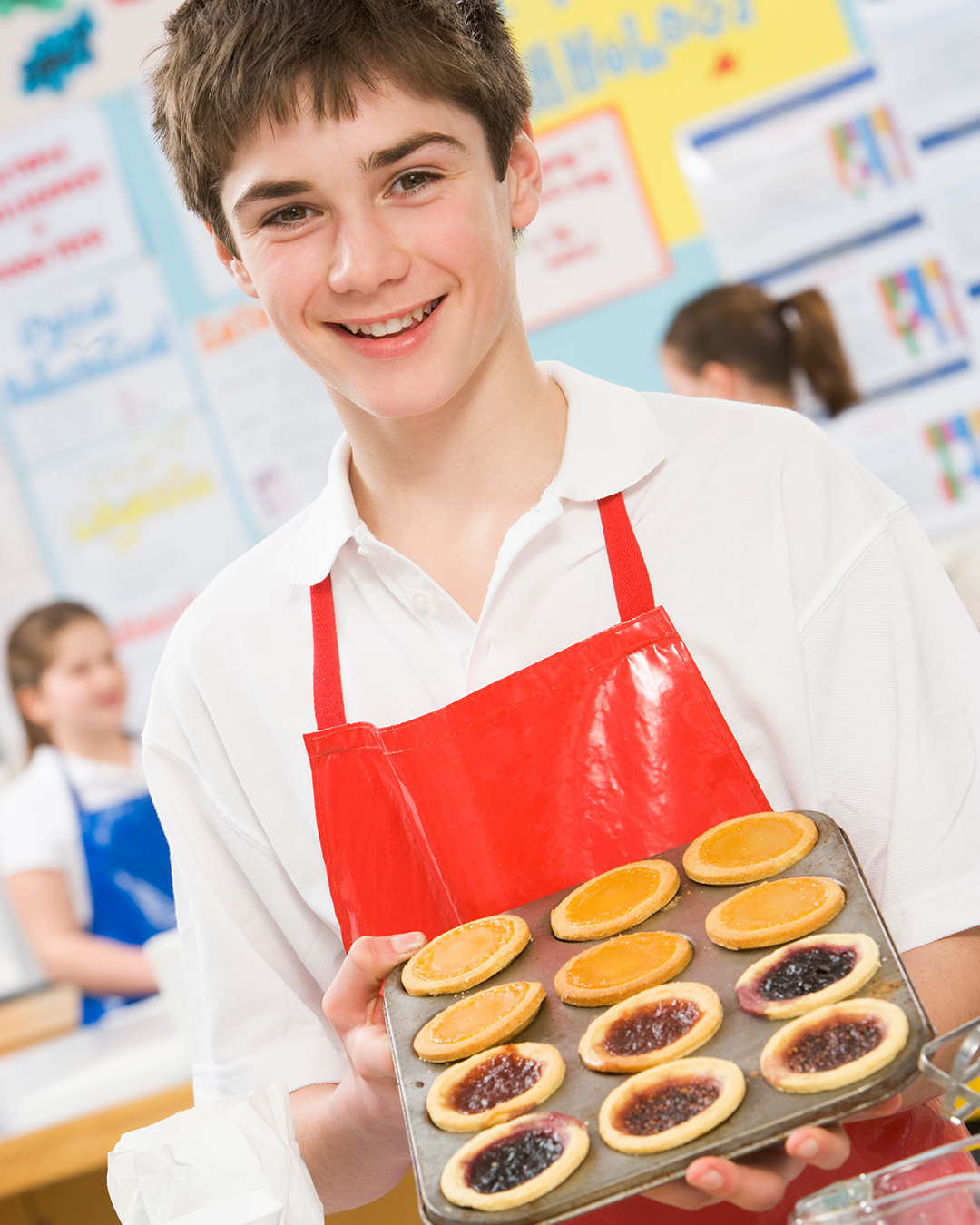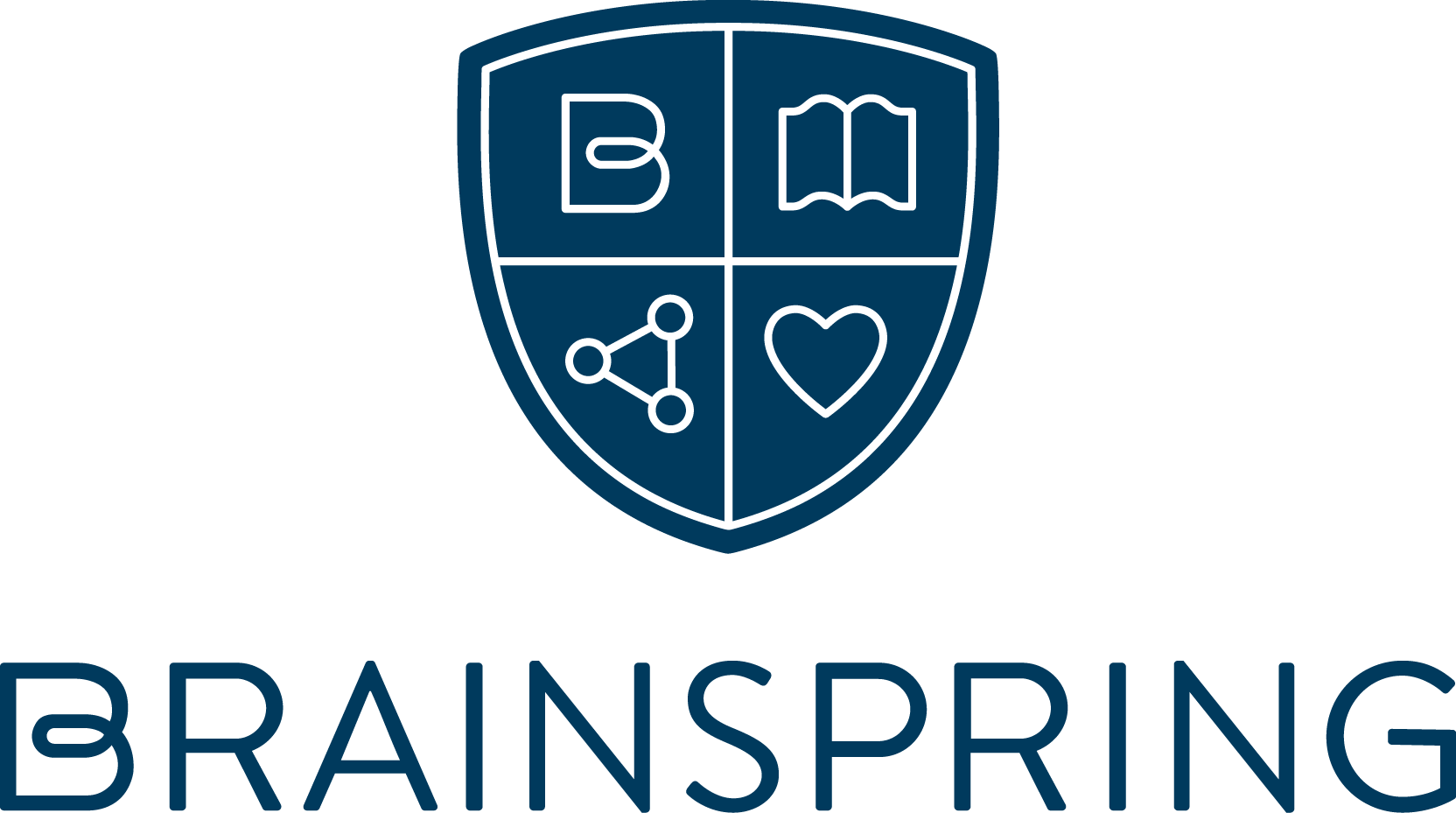Cooking as a Multifaceted Multisensory Activity
Posted by Brainspring on 1st Jul 2020
 You do not need to leave the house to incorporate adventure in teaching your children. Tempting your student with delicious treats will not only provide them with vital skills, but also allow them to feel independent and useful.
You do not need to leave the house to incorporate adventure in teaching your children. Tempting your student with delicious treats will not only provide them with vital skills, but also allow them to feel independent and useful.
Cooking and baking with you is among the best ways for your children to develop skills they’ll carry with them for the rest of their lives.
Here are just a few ways that your child is learning by being your sous chef:
HEALTH CLASS
Meal planning and grocery shopping together will give your child a more active role in their culinary adventure. Playing games at the grocery store or farmer’s market will expand their knowledge of unknown fruits and vegetables and giving them the power of choice may tempt them to try new foods.
SCIENCE CLASS
Consider the kitchen as a science lab. Preparing meals or baking goods creates a space for kids learn to observe, measure, analyze, and make predictions. Ask questions like:
- What ingredients do we need before we start?
- What do you think will happen to these cupcakes in the oven?
- What tools does the recipe say we need before?
- How long will it take for the macaroni to cook?
- How was the outcome?
- Would you make this recipe again? Why or why not?
These active strategies will strengthen critical thinking and students will learn to consider things like time management, organization, preparation, effects of temperature, and cause and effect.
ENGLISH CLASS
Cooking also strengthens reading comprehension and attention to detail skills as following the recipe (following directions) is necessary for the end product to come out properly. Your child will most likely need to read the recipe multiple times and will give them access to new vocabulary they may not know, like the difference between mix, combine, whisk, and stir. You can also ask your child to describe the recipe at different stages by asking them to explain what the ingredients looks, smells, feels and tastes (if able to) like. This will help with their ability to brainstorm and get them comfortable with descriptive writing.
 GYM CLASS
GYM CLASS
You may not think of cooking as an “active sport”, but your child will build small muscle control and sharpen fine motor skills. Chopping, cutting, stirring, kneading, rolling, crushing, juicing, icing, spreading, whisking, folding, and flipping will aid in developing hand-eye coordination and improve the muscles necessary for handwriting. Buying child-size tools, while not absolutely necessary, will aid in building muscle control and abate any frustrations that may come from using tools intended for adult hands.
 ART CLASS
ART CLASS
If the Food Network has taught us anything, it’s that food can be both beautiful and inspiring. Ingredients provide a seemly endless array colors, textures, shapes, sizes, and mediums that make up an artist’s dream toolbox. You can even throw in a little history and learn where the dish comes from and the culture of the people who have historically prepared the meal.
MATH CLASS
Math teachers around the world hear one complaint on a regular basis:
“When am I ever going to use this in real life?”
Cooking and baking! While working through recipes your child will be asked to measure, count, and use fractions. It’s a perfect time to discuss how a fraction is less than a whole and what fractions are larger than others. Teaching about different measuring tools, such as cups, teaspoons, tablespoons, and scales provides a perfect opportunity for your student to prepare for reading rulers, protractors, and graphs.
You can get in a full day of learning just by making your favorite meals or desserts! Grab those aprons and start studying…I mean…get cookin’!
Written by Autumn Templeton
Autumn is the Learning Center Director for our Bloomfield Hills and West Bloomfield locations.
Brainspring has proudly supported the educational community for more than 25 years.
Our Educator Academy provides educators in grades K-12 with comprehensive MSL Professional Development courses. Learn more about our in-person and online professional development.
The Learning Centers support students through one-on-one, multisensory tutoring sessions. Learn more about our in-person (available in Southeast Michigan) and nationwide online tutoring.

